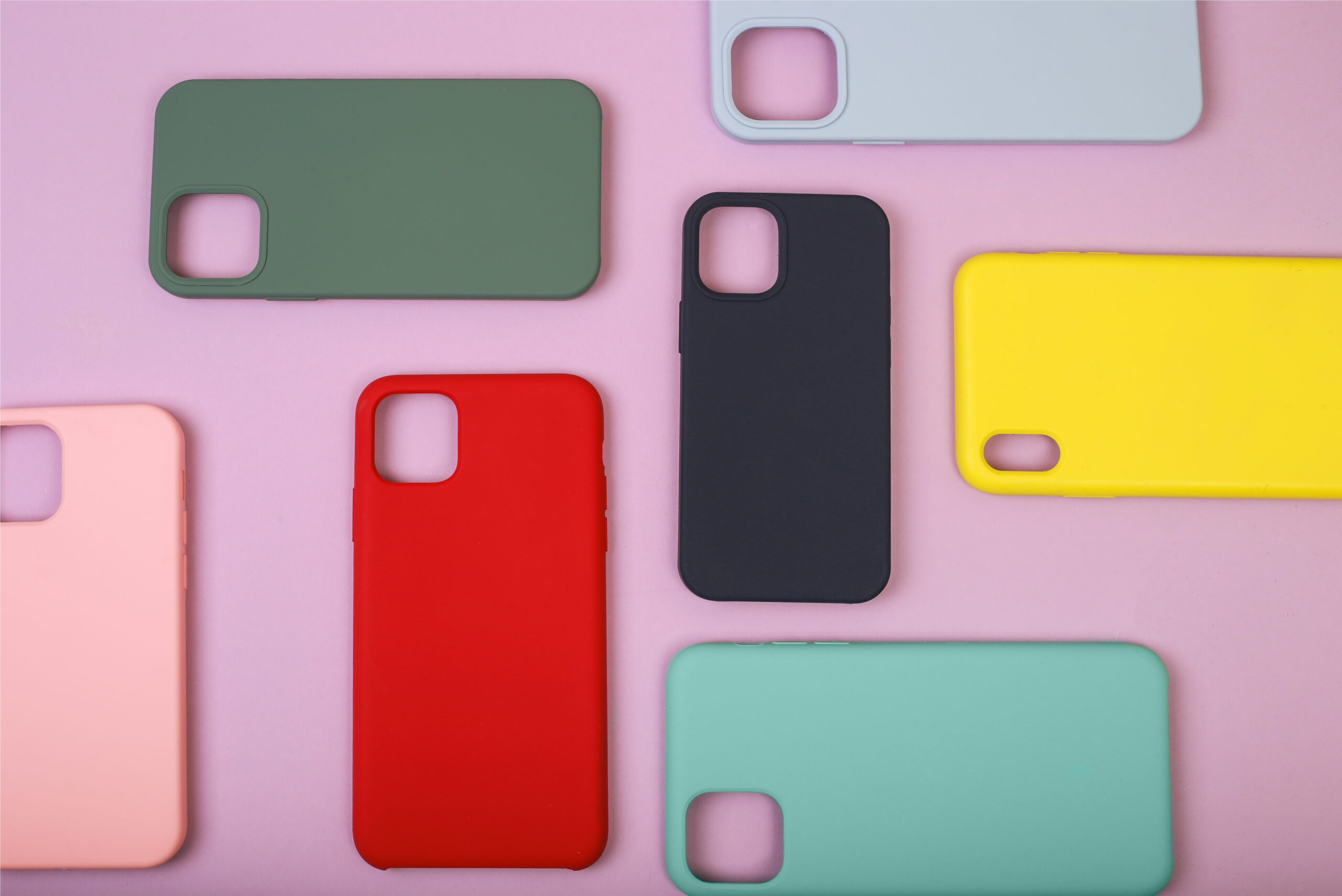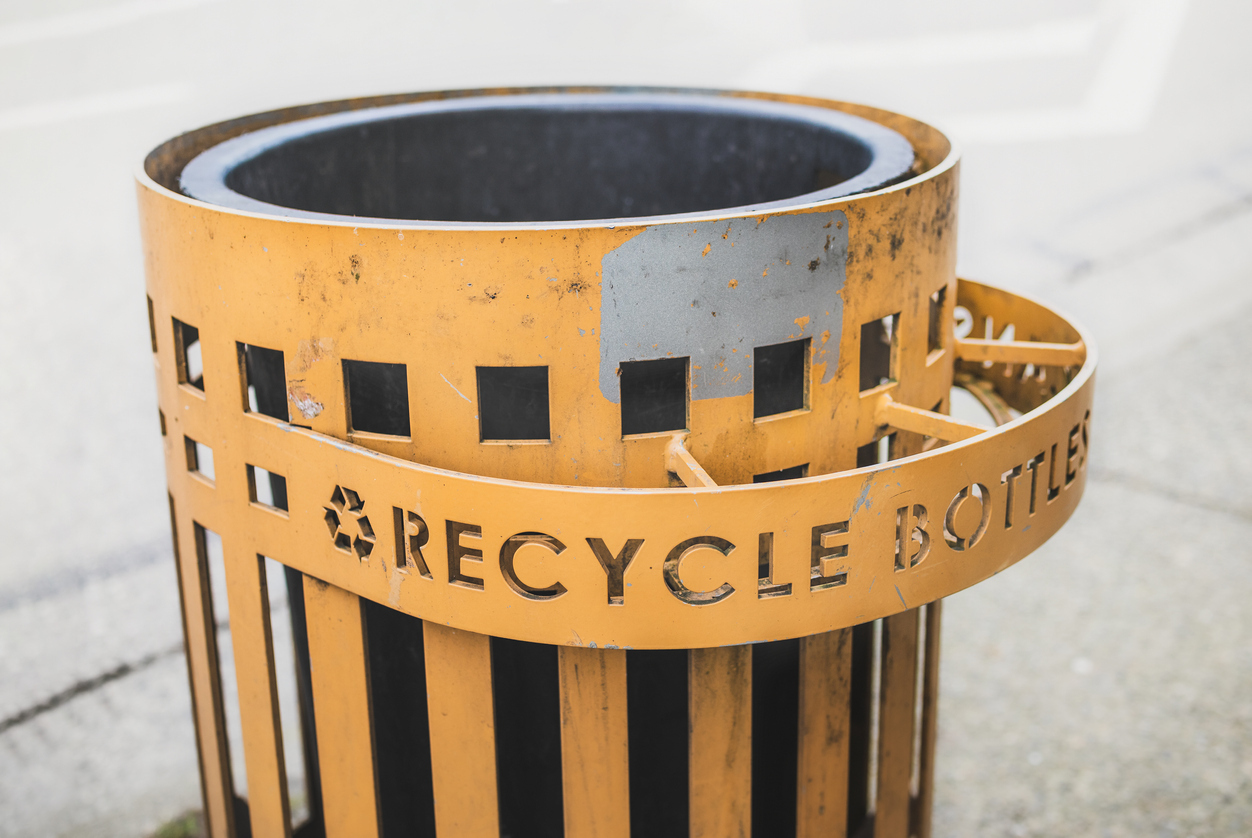We’ve all heard we should use a reusable coffee cup instead of a disposable one, but in practice: do we?
“We know from surveys most people own reusable alternatives to single-use items like coffee cups, shopping bags and straws,” says Alison Schatz of Metro Vancouver. “But apart from reusable bags, people aren't really using them.”
The result is that in Metro Vancouver people throw out 1.3 billion single-use items a year, which equates to about 480 per person, more than one per day.
And while single-use items are essential for many people with mobility and strength issues (discourses of the zero-waste movement can result in eco-ableism), for those of us who can, there are many reasons to limit single-use items.
They take an exorbitant amount of energy to produce; they’re used for an exceptionally short period of time—how long does it take to eat a bowl of soup?—and they can have a long-lasting impact on our environment because they’re often made of materials like plastic.
“Harmful plastics are global pollutants of great concern,” says Dr. Juan Jose Alava, Principal Investigator at the Ocean Pollution Research Unit at UBC’s Institute for the Oceans and Fisheries. These include both large single-use plastics as well as microplastics, which Dr. Alava defines as tiny plastic pieces smaller than 5mm.
“Most of the plastic pollution that is affecting some of the most pristine and remote areas of the world, like the Galapagos Islands, is not coming from the local area, it's coming from elsewhere.”
That’s because water does what water does: it flows.
Life in plastic

Can you eat your iPhone case?
Read moreShould we be turning our plastic waste into fuel?
Notes on "advanced recycling"
How many single use items do people in Metro Vancouver throw out?
So, an accidentally discarded plastic wrapper, for example, dropped on our streets can get swept down a storm drain and then into the coastal marine waters or the ocean.
“That’s how easily something can end up in our waterways,” says Dr. Alava.
Particularly problematic, he says, are single-use water bottles because they are often made of polyethylene terephthalate (PET) Polyethylene TerephthalatePET owes its durability to its chemical structure. PET molecules are intricately linked in a strong and stable chain, making it highly resistant to the forces of nature. , one of the longest lasting plastics.
“We're talking about hundreds of years of a plastic water bottle floating in the ocean that eventually will be fragmented and become microplastics,” says Dr. Alava.
A simple swap for those who can make it? Opting for reusable water bottles, straws, and to-go containers instead.
The not-so-simple part? Remembering to bring them along. Metro Vancouver has compiled some ideas to help do exactly that.
“Making our reusables a priority can make a big difference,” Schatz says. “One small thing I do is try to make sure I wash my reusable coffee cup when I do the dinner dishes, so it's ready to go the next morning.”
“Small actions like that can set us up for success.”
And they add up, Dr. Alava says. "When we make proactive changes in our consumption preferences,” he says, “we can significantly reduce plastic use and ultimately plastic pollution."
Do you believe individual actions can have a positive impact on the environment?
Learn more about how you can contribute to regenerating our province.
It's not always easy to see. Check out the individual actions being taken around the world.
Play this fun online game to see how individual choices impact the planet.
Curious about the science of a circular economy?
Explore the science and solutions for regenerating our planet at Change Reaction.
